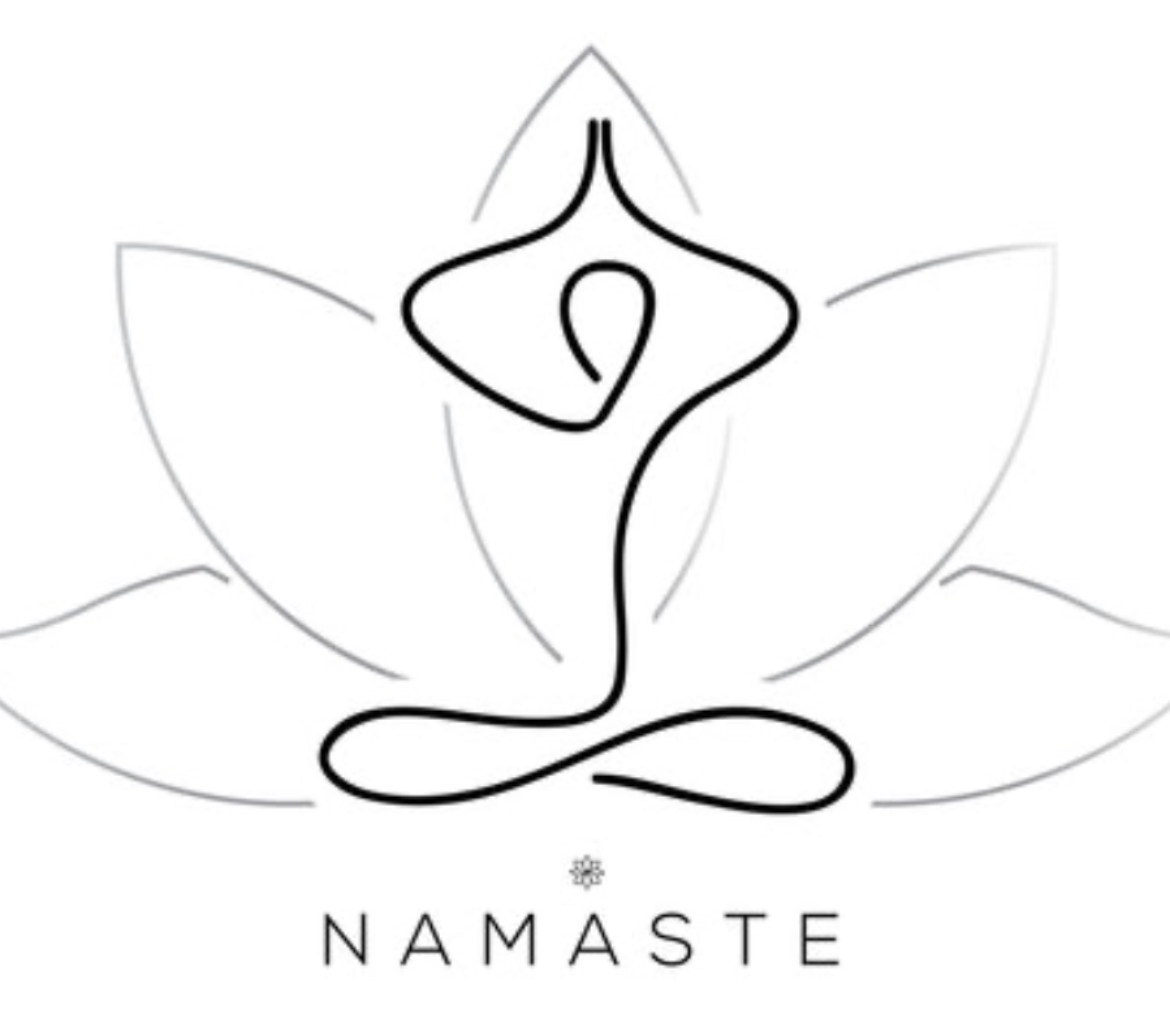Sanskrit is a rich, ancient Indian language thought to be one of the worlds oldest. Sanskrit words are rich in depth and meaning. It’s best to think of them as representing ideas which don’t directly translate into English.
Namaste (\NAH-muh-stay) well illustrates this concept. Namaste literally means ‘I bow’ but there are many layers of meaning behind this straightforward translation.
If you’ve ever taken a western style yoga class, namaste is frequently used in closing. It is traditionally said aloud with hands together in prayer and a slight bowing of the head to the heart. The phrase, ‘The light (divine) in me bows down to the light (divine) in you ’ might be shared as one common translation by the yoga instructor. Namaste is also used as a respectful way to greet someone in India.
Saying Namaste is a promise to ourselves to practice in a manner that it truthful to ourselves and our own wellbeing. In other words, in alignment with healing. Saying the words accurately is said to create vibrational healing, another wonderful reason to utilize this ancient word in your yoga practice and beyond.






